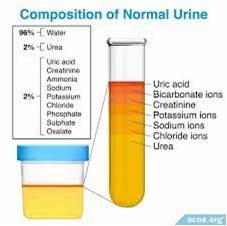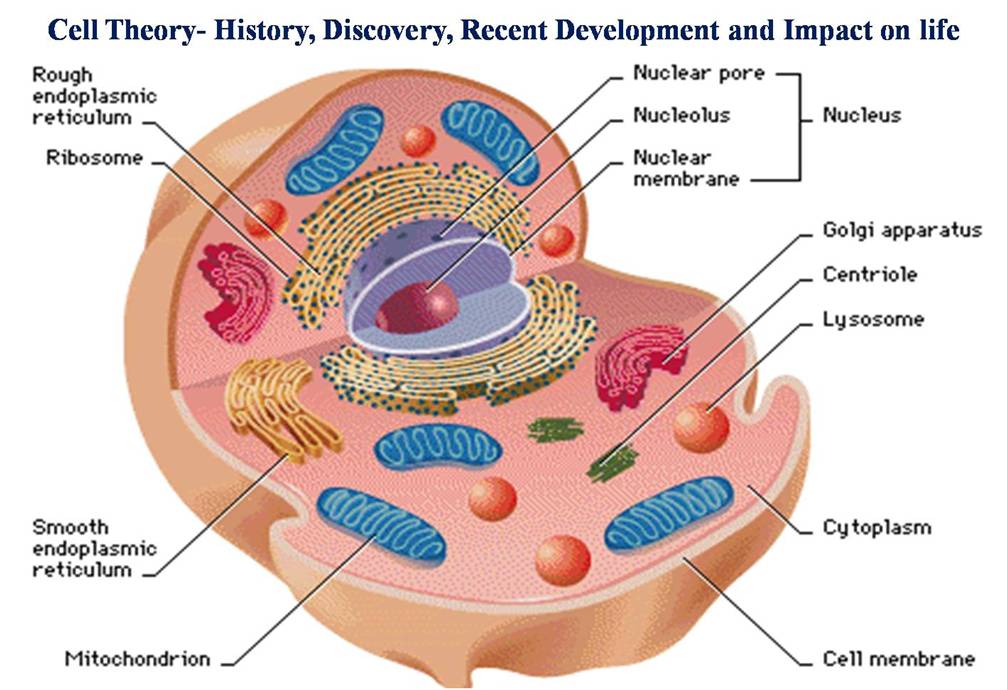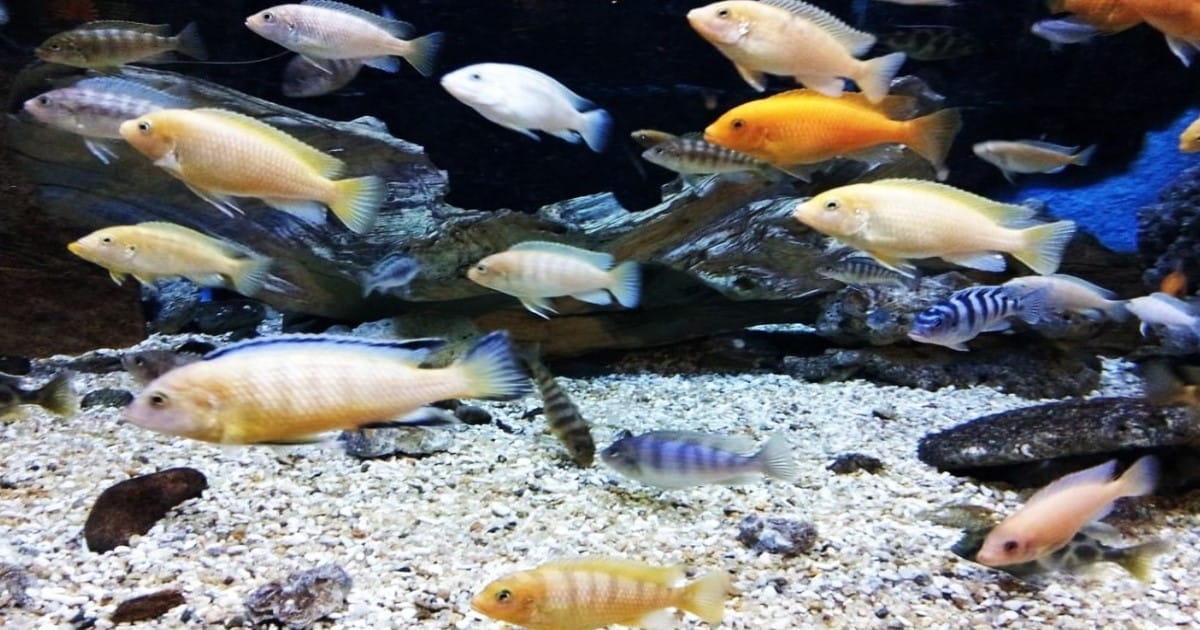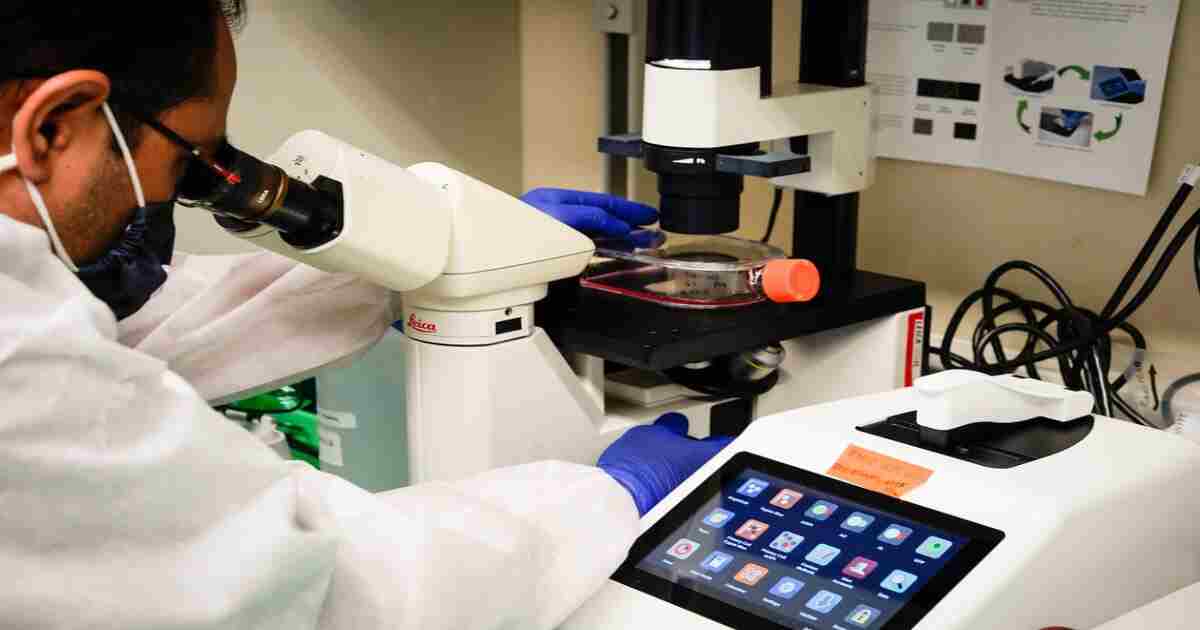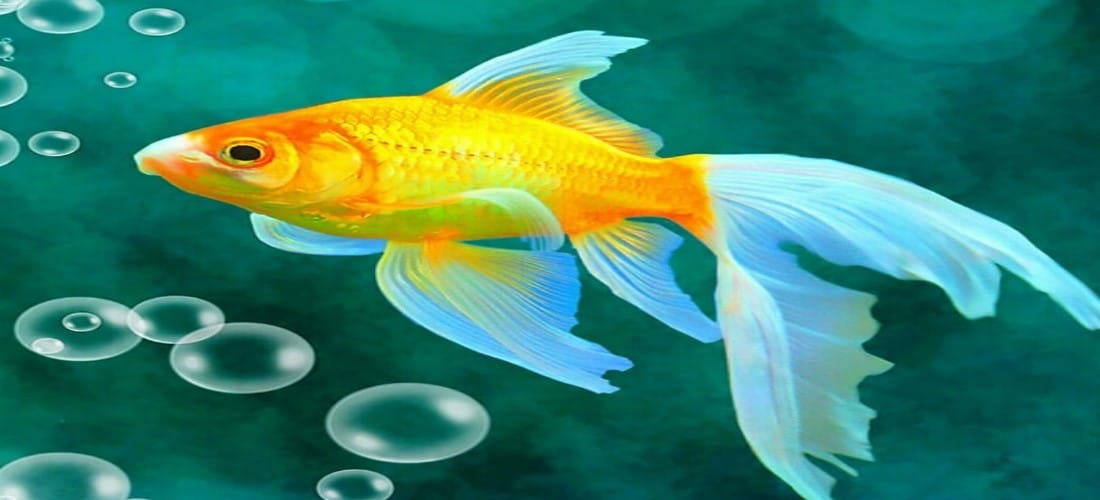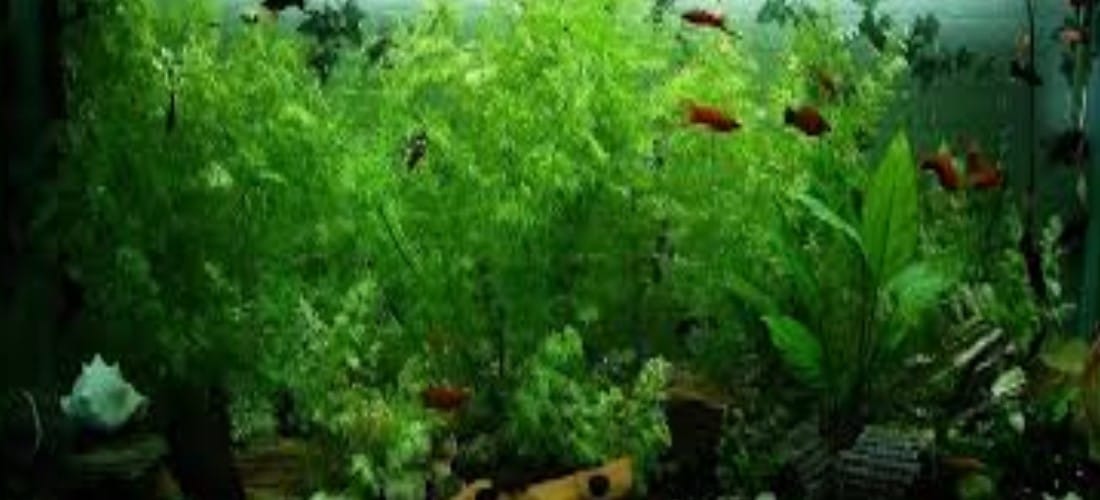Food and Feeding of Aquarium Fishes: The amount of food required depends upon the type of food, culture conditions, and individual fish.
Food and Feeding of Aquarium Fishes
Newly hatched larvae may feed almost continuously. Fish generally will not overeat, unless they are fed too infrequently. One to two feedings a day are best for most fish. More for newly hatched fish and less often for larger fish. Most problems with overfeeding result when wasted food spoils the quality of water in fish tank. Ammonia and other products of decay will degrade water quality and stimulate disease organisms. In the aquarium with under gravel filters, it is common for the under gravel to clog from accumulated uneaten food and debris. This problem can be eliminated with frequent aquarium care, including water changes, redistributing the aquarium decorations, and cleaning external filters. Common bottom-feeding fish such as loaches, plecostomus, and catfish can also help to keep the aquarium clean.
Common Live Feed Organisms for Aquariums
The live foods originate from ponds, streams or rivers, they may bring with them aquarium pests, such as hydra, snails, or disease causing organisms.
1. Brine Shrimp (Artemia)
- Best For: Almost all tropical and marine fish (especially fry)
- Why They’re Great:
- High in protein
- Easy to hatch at home
- Excellent for conditioning breeders and feeding baby fish
- Tip: Newly hatched (called nauplii) are most nutritious
2. Bloodworms (Chironomid larvae)
- Best For: Betta, cichlids, discus, loaches, and larger tropical fish
- Why They’re Great:
- High in iron and protein
- Irresistible to picky eaters
- Live vs. Frozen: Live are more stimulating, but frozen is safer (less chance of parasites)
3. Daphnia (Water Fleas)
- Best For: Small community fish, fry, and picky feeders
- Why They’re Great:
- Great for digestion (high in fiber)
- Helps clear up constipation
- Easy to culture at home
- Extra Perk: They eat algae—so they can clean up while being cultured
4. Grindal Worms & White Worms
- Best For: Smaller freshwater species and fry
- Why They’re Great:
- High fat and protein content
- Slow-sinking—gives bottom dwellers time to eat
- Culture Tip: They love moist, cool environments with oatmeal or bread
5. Microworms
- Best For: Very small fry (like guppies, betta, and tetras)
- Why They’re Great:
- Super tiny = perfect starter food
- Easy to culture
- Smell Warning: Cultures can get stinky if not managed right
6. Mosquito Larvae
- Best For: Bettas, guppies, tetras, killifish
- Why They’re Great:
- Natural insect diet
- High protein, low cost (free if you collect them)
- Caution: Only collect from clean, pesticide-free water sources
7. Tubifex Worms
- Best For: Loaches, corydoras, and other bottom feeders
- Why They’re Great:
- Nutrient-dense
- Irresistible to most fish
- Caution: Known to carry parasites—quarantine or clean thoroughly before feeding
Comparison
| Organism | Size | Easy to Culture | Nutritional Value | Best For |
|---|---|---|---|---|
| Brine Shrimp | Small | ✅ | ⭐⭐⭐⭐ | All types, esp. fry |
| Bloodworms | Medium | ❌ (usually bought) | ⭐⭐⭐⭐ | Carnivores |
| Daphnia | Small | ✅ | ⭐⭐⭐ | Community tanks, fry |
| Grindal Worms | Tiny | ✅ | ⭐⭐⭐⭐ | Small fish/fry |
| Microworms | Micro | ✅ | ⭐⭐⭐ | Newborn fry |
| Mosquito Larvae | Small | ✅ (seasonally) | ⭐⭐⭐⭐ | Top feeders |
| Tubifex Worms | Medium | ✅ (difficult) | ⭐⭐⭐⭐⭐ | Bottom feeders |
Artificial foods for Aquarium fishes
The manufactured foods can be broadly classified as dried, freeze-dried and frozen diets. Dried foods such as flakes, pellets, sticks and tablets are widely available and are convenient to use. Many types of dried foods, especially flaked foods, feature special growth, colour and vegetable diets. Even though these may have been developed for tropical fish. Their occasional use will add valuable variety to the fish diet. Most fried foods have a limited shelf life and generally they should be used within a few months of purchase. Although they can still be used after this period, the vitamin levels decrease with the time. Bulk buying of flaked foods, therefore can sometimes be a false saving.
Freeze-dried and frozen fish diets are also available from aquarium shops. Although these have been developed primarily for tropical and marine fish. They are also useful for adding variety to the diet of fishes and for conditioning brood fish for breeding. Convenient freeze-dried foods include tubifecids, mosquito larvae, blood worms, Daphnia, (water fleas) and brine shrimps.
Nutrient requirements of ornamental fish
Like all fishes, ornamental fishes too require proteins, lipids, carbohydrates, vitamins and minerals. Young ones can be fed on 40-50% proteins, 4-6% lipids and 40-50 carbohydrates. The adult or brood fish can be fed with 30-35% proteins, 6-8% lipids, and 5060 carbohydrates. In addition to this 1% vitamins and minerals could be added. The feed ingredients of ornamental fish feed are generally selected on the basis of availability, nutrient composition and physical properties.
Formulated feed
Nutrients
Proteins (amino acids), lipids (fats, oils, fatty acids), carbohydrates (sugars, starch), vitamins and minerals are important nutrients required for good growth, best survival and health of ornamental fishes. In addition, pigments (carotenoids) are commonly added to the diet of ornamental fishes to enhance their flesh and skin colouration, respectively.
Proteins and amino acids
Fish meal, soybean, fish hydrolysate, skim milk powder, legumes, and wheat gluten are excellent sources of protein.
Lipids
Oils from marine fish, such as sardines and vegetable oils from sunflower, canola, mustard oil cake and linseed are common sources of lipids in fish feeds.
Carbohydrates
Cooked carbohydrates from flours of corn, wheat or other breakfast cereals are main sources of carbohydrates.
Vitamins and minerals
The variety and amount of vitamins and minerals are so complex that they are usually prepared synthetically and are available commercially as a balanced and pre-measured mixture known as vitamin or mineral premix. This premix is added to the diet generous amounts to ensure that adequate levels of vitamins and minerals are supplied to meet dietary requirements.
Pigments
A variety of natural and synthetic pigments or carotenoids are available to enhance colouration in the skin of fresh water and marine water ornamental fish. The synthetically produced pigment, astaxanthin is the most commonly used additive (100 to 400 mg/kg). Cyanobacteria (blue-green algae such as Spirulina), dried shrimp meal, shrimp and palm oils and extracts from marigold, red peppers and phaffia yeast are excellent natural sources of the pigments
Binding agents
Another important ingredient in ornamental fish diet is a binding agent to provide stability to the pellet and reduce leaching of nutrients in to the water. Beef heart has traditionally been used both as a source of protein and as an effective binder in farm made feeds. Carbohydrates (starch, cellulose and pectin) and various other polysaccharides such as extracts or derivatives from animals (gelatine), plants (gum arabic and locust bean) and seaweeds (agar, carageenin and alginates) are also popular binding agents.
Preservatives
Preservatives such as antimicrobials and antioxidants are often added to extend the shelf life of the fish diets and reduce the rancidity of the fats. Vitamin E is an effective but expensive, antioxidant tha can be used in the laboratory prepared formulations. Commonly available commercial antioxidants are butylated hydroxyanisole (BHA), or butylated hydroxytoluene (BHT) and ethoxyquin. BHA and BHT are added at 0.005% of dry weight of the diet or no more than 0.02% of the fat content in the diet while ethoxyquin is added at 150 mg/kg of the diet. Sodium and potassium salt of propionic, benzoic or sorbic acids are commonly available antimicrobials added at less than 0.1 % in the manufacture of fish diets.
Attractants
Other common additives incorporated in the ornamental fish feeds are chemoattractants and flavourings such as fish hydrolysates and condensed fish soluble (typically added at 5% of the diet). The amino acids glycine and alanine and the chemical betaine are also known to stimulate strong feeding behaviour in fish. Basically, attractants enhance feed palatability and its intake.
Guidelines for the feeding During most of the year, feeding two or three times a day with as much food as they will consume in a few minutes is good. Too much food may accumulate in the aquarium begin to decay and then either cause water quality problems or increase the need for aquarium maintenance. Each time, the fish should rise eagerly to the water surface. If not, this may indicate that they have been overfed or that there is some other problem in the aquarium. Good quality dried, frozen or live food add variety to the diet and help condition the fish, especially for breeding. Many dried foods contain only about 10% water and are thus more concentrated than the frozen or live foods, which may contain about 70-80% water. This means that the fish require surprisingly small amounts of dried food in order to remain healthy. It is also much easier to pollute the aquarium with dried foods than when using frozen or live foods.

